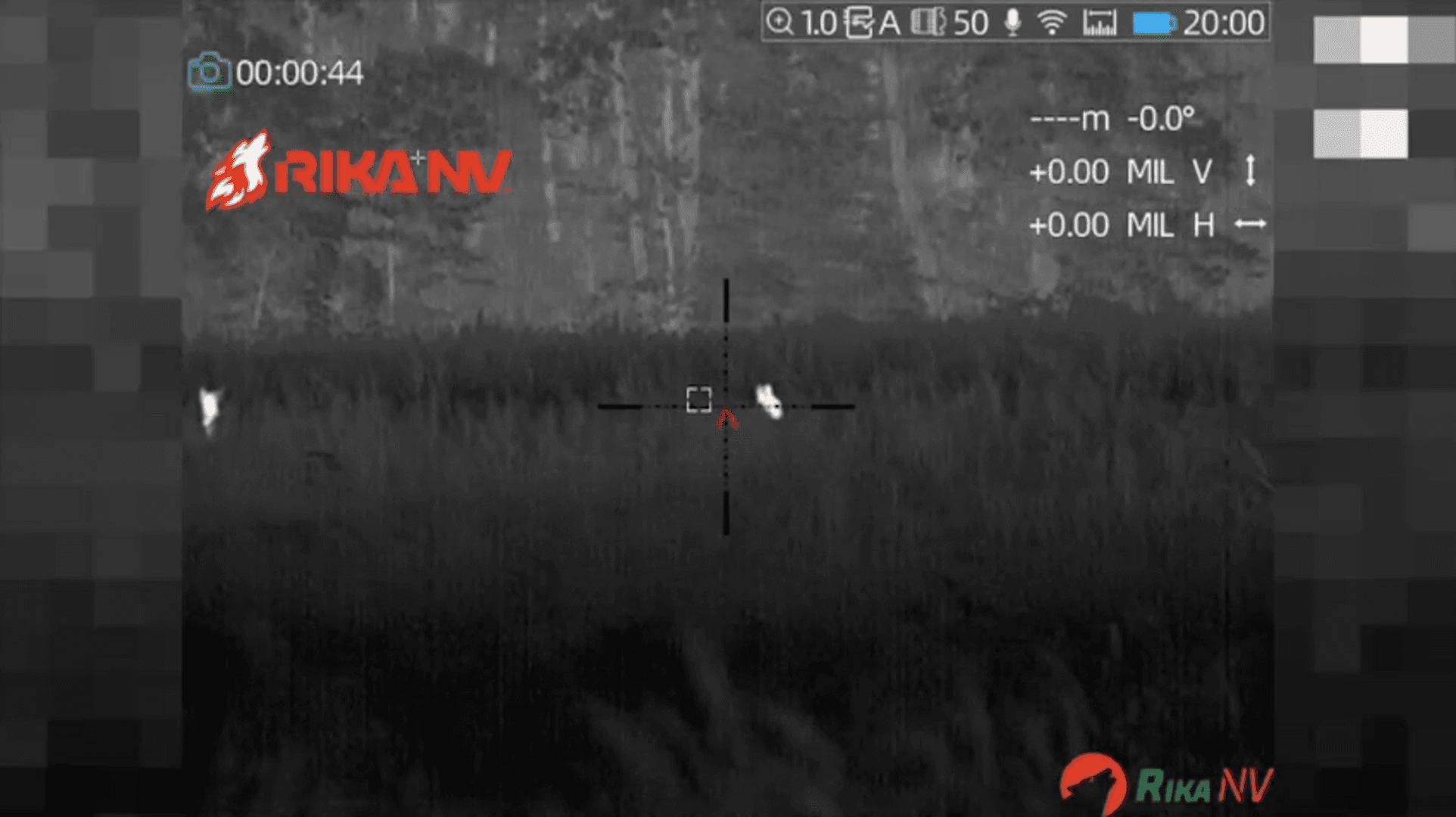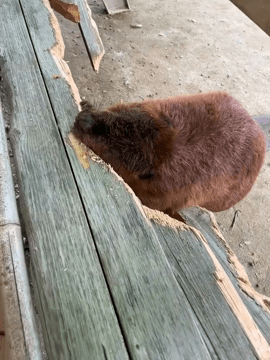
Kristy Lee Cook – Country Star Turned Hunting Influencer and Outdoor Blogger Kristy Lee Cook is a prominent American country music artist, hunting influencer, and outdoor lifestyle blogger. Widely recognized as a finalist on Season 7 of American Idol, Kristy has transformed her media presence into a powerful platform that blends country roots, wildlife conservation, and big game hunting. With an active social media following and high-profile brand partnerships, she is a leading female voice in the North American outdoor industry. Influencer with Deep Outdoor Roots Born on January 18, 1984, in Seattle and raised in Selma, Oregon, Kristy Lee Cook began her career in entertainment before fully embracing her passion for hunting and conservation. Her show The Most Wanted List, now in its 10th season on Sportsman Channel, showcases her pursuit of once-in-a-lifetime hunts and personal bucket list adventures. As a hunting influencer, Kristy effectively integrates authentic storytelling with
Post: 23 July 14:02
















































